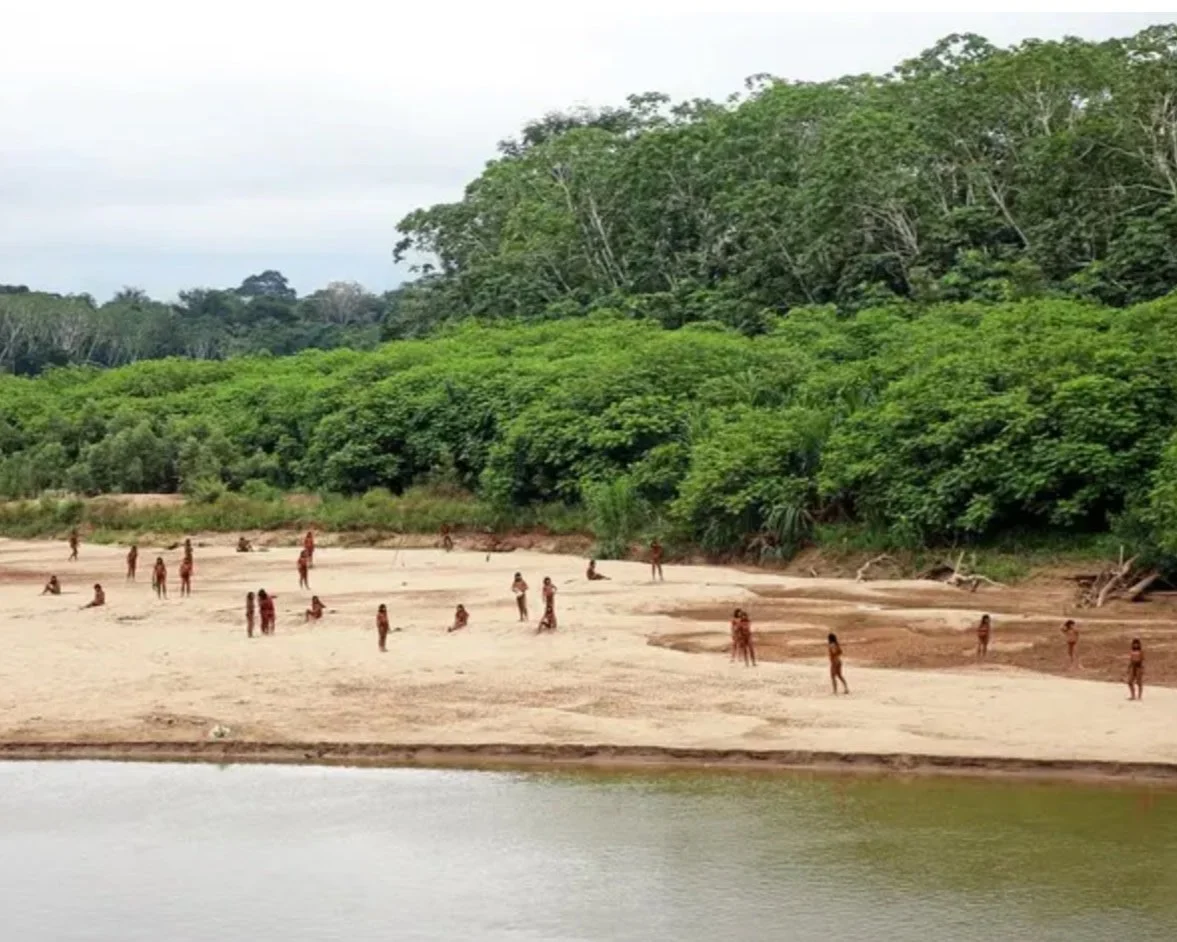This article examines how psychic numbing weakens public response to climate change and argues that narrative empathy is essential for turning overwhelming data into meaningful, emotional engagement.
Read MoreParticipatory ecological storytelling blends narrative empathy with ecological empathy and thus becomes a creative and collaborative way to address eco-anxiety and psychic numbing and build deeper connections with nature.
Read MoreThis article explores how cultivating ecological empathy through narrative empathy transforms our understanding of interdependence, guiding us toward a more sustainable future.
Read MoreMeet Peyo, the extraordinary horse bringing comfort to terminally ill patients. His story reveals the deep emotional bond between humans and animals, proving that healing isn’t just medical—it’s also about compassion.
Read MoreAmid wildfire devastation, small objects tell big stories—a child’s toy, a lost painting, a rescued dog. Behind every statistic is a life forever changed.
Read MoreThis article explores how zoos and aquariums can build empathy for captive wildlife using best management practices and compassionate conservation, as well as the role of narrative empathy in shaping ethical interactions with animals.
Read MoreExplore the challenges uncontacted indigenous tribes face in balancing autonomy and survival. Discover how evolving threats demand updated policies to ensure their protection while respecting their isolation.
Read MoreWildfires raging across California, including Los Angeles, reveal the destructive legacy of fire suppression and the urgency to balance immediate relief with long-term solutions.
Read MoreThis article explores the ethics of cetacean captivity (such as orcas), the empathy and compassion necessary to acknowledge their suffering, and the importance of ethical alternatives.
Read MoreYoung leaders are redefining society with clarity, courage, and a sense of urgency. From Kaliko in Hawai’i demanding climate accountability to Malala Yousafzai championing girls’ education, these activists are breaking through apathy and inspiring systemic change. Learn how their voices are shaping a more just and sustainable future.
Read MoreSlow risks like climate change and rising sea levels are accelerating rapidly. Learn why urgent action is needed and how you can help reframe these threats as immediate priorities.
Read MoreCognitive biases obstruct public understanding of climate change, blocking meaningful action. By using strategies like framing, visualization, and narrative empathy, we can bridge the communication gap and motivate change.
Read MoreRobert Smithson’s Spiral Jetty symbolizes slow violence, serving as a barometer of environmental changes in the Great Salt Lake. Its transformation reflects the creeping degradation threatening this fragile ecosystem.
Read MoreThe conflict between northern spotted owls and invasive barred owls highlights a conservation dilemma, where ethics and environmental priorities collide. The U.S. Fish and Wildlife Service’s barred owl culling strategy underscores complex questions about species management and human responsibility in disrupted ecosystems.
Read MorePeanut the squirrel’s story, a social media sensation, sheds light on human compassion and why we connect more deeply with individual victims. This article explores public reactions to Peanut’s tragic death, examining psychic numbing and pseudoinefficacy.
Read MoreThe term environmental violence has gained prominence, particularly in relation to pollution. Richard Marcantonio and Agustín Fuentes's article, “Environmental violence: a tool for planetary health research” (2023), emphasizes pollution as a central element of environmental violence, linking it directly to human health.
Read MoreLeane Makey et al. (2022) highlight the slow violence of settler colonialism and its ecological impact on Kaipara Moana, emphasizing the importance of Indigenous knowledge in addressing environmental degradation.
Read MorePicture: Center for Migration Studies.
Read More


















